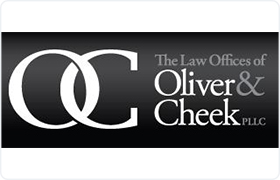Pinetown Collection Lawyer, North Carolina
Sponsored Law Firm
-
 x
x

Click For More Info:
-
Oliver & Cheek, PLLC
405 Middle Street New Bern, NC 28560» view mapBankruptcy & Debt Law Your Business Partner
Oliver & Cheek, PLLC is a full service business firm providing a wide range of legal services to clients in North Carolina.
252-633-1930
John B. Dunn
Lawsuit & Dispute, Divorce & Family Law, Collection, Defamation & Slander
Status: In Good Standing Licensed: 35 Years
Lisa Hennessy Fitzpatrick
Divorce, Divorce & Family Law, Banking & Finance, Collection
Status: In Good Standing Licensed: 14 Years
 George Oliver New Bern, NC
George Oliver New Bern, NC AboutOliver & Cheek, PLLC
AboutOliver & Cheek, PLLC Practice AreasExpertise
Practice AreasExpertise
